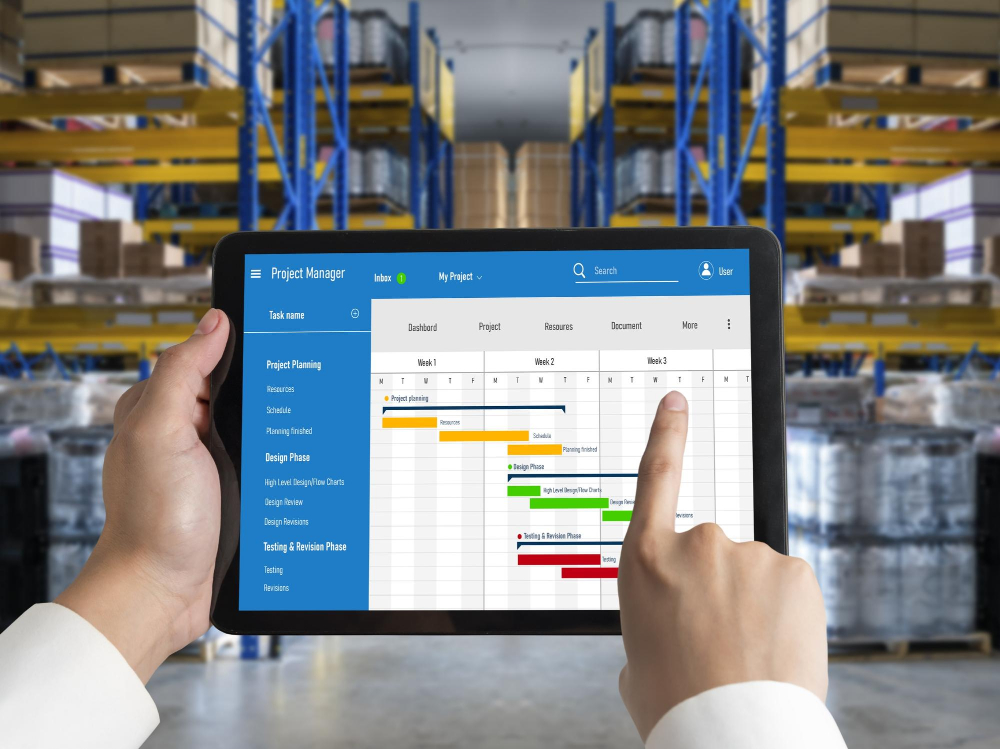In an increasingly interconnected and fast-paced global economy, supply chains are the lifeblood of businesses. They are responsible for delivering goods and services to consumers, ensuring that products are available when and where they are needed. However, as we have seen in recent years, disruptions can occur at any point in the supply chain, from raw material shortages to transportation delays, and even global pandemics. These disruptions can reveal the weakest links in the supply chain, causing significant challenges for businesses. In this article, we will explore the importance of building agile supply chains for the future, and how to strengthen these critical links to ensure business resilience and continuity.
Understanding the Weak Links in Supply Chains
Before we dive into how to strengthen the weakest links in supply chains, it’s crucial to understand where these vulnerabilities often lie. The supply chain consists of several key components, including:
- Suppliers: The source of raw materials and components is often a significant weak link. Natural disasters, geopolitical issues, or changes in market demand can disrupt the flow of supplies.
- Transportation and Logistics: The movement of goods from suppliers to manufacturers and from manufacturers to retailers can be compromised by various factors, such as port congestion, strikes, or even fuel shortages.
- Manufacturing: Production facilities are not immune to disruptions. Equipment failures, labor disputes, or regulatory changes can halt manufacturing processes.
- Inventory Management: Poorly managed inventory can lead to shortages or surpluses, both of which can be costly. Just-in-time inventory strategies, while efficient, are particularly vulnerable.
- Technology and Data: In today’s digital age, technology and data systems are essential for supply chain management. Cyberattacks, system failures, and data breaches can paralyze supply chain operations.
- Human Resources: Skilled workers are essential for smooth supply chain operations. Labor shortages, turnover, or training gaps can be weak links.
- Market Demand: Changes in consumer preferences, unpredictable market fluctuations, and sudden surges in demand can disrupt the supply chain.
The Importance of Agility in Supply Chains
Agility in supply chains refers to the ability to respond swiftly and effectively to disruptions, changes, and opportunities. An agile supply chain is resilient, adaptable, and capable of maintaining its operations, even when facing unexpected challenges. The COVID-19 pandemic is a prime example of why agility is so crucial. Companies with agile supply chains were better equipped to pivot and adapt to the rapidly changing landscape, while those with rigid supply chains struggled to keep up.
Agile supply chains offer several advantages:
- Risk Mitigation: Agility allows companies to identify and mitigate risks more effectively. This includes diversifying suppliers, having contingency plans in place, and closely monitoring the entire supply chain.
- Improved Customer Satisfaction: Agility enables companies to meet customer demands more efficiently. Whether it’s accommodating changes in order sizes or adjusting delivery schedules, customers benefit from a smoother experience.
- Cost Reduction: Agile supply chains can reduce operational costs by minimizing disruptions and optimizing resource utilization. They are better equipped to handle fluctuating demand, preventing unnecessary overproduction or underproduction.
- Competitive Advantage: Companies with agile supply chains can gain a competitive edge by being more responsive to market trends and customer needs. They can quickly introduce new products or adapt to changing circumstances.
Strengthening the Weakest Links
To build agile supply chains for the future, businesses must focus on strengthening the weakest links. Here are some strategies for doing just that:
- Supplier Diversification One of the most crucial steps in building resilience in the supply chain is diversifying your supplier base. Relying on a single source for critical materials or components is a considerable risk. By diversifying suppliers, you can ensure a steady flow of essential items even if one supplier encounters difficulties. Additionally, sourcing from multiple locations reduces the impact of regional disruptions, such as natural disasters or geopolitical conflicts.
- Demand Forecasting and Data Analytics Accurate demand forecasting and data analytics are essential for proactive supply chain management. By using historical data, market insights, and advanced analytics, businesses can anticipate changes in demand and make informed decisions. The ability to forecast allows for better inventory management, preventing overstocking or understocking, which can both be costly.
- Inventory Management and Safety Stock Implementing robust inventory management practices is fundamental for an agile supply chain. Businesses can maintain safety stock—extra inventory held in reserve—to offset fluctuations in demand or supply. Safety stock acts as a buffer, allowing companies to continue operations even when faced with disruptions.
- Digital Transformation and Technology Investment Investing in technology, including digital transformation and automation, can significantly enhance supply chain agility. Implementing advanced software and IoT (Internet of Things) devices enables real-time tracking, monitoring, and predictive maintenance. This not only improves efficiency but also helps in identifying and resolving issues before they escalate.
- Collaboration and Communication Effective communication and collaboration within the supply chain are critical for agility. Companies should establish clear lines of communication with suppliers, partners, and logistics providers. Open and transparent communication allows for quicker problem-solving and ensures that all parties involved are aligned with the same goals.
- Risk Assessment and Contingency Planning Companies must conduct thorough risk assessments to identify potential weak links in their supply chains. Once these weak links are identified, contingency plans should be developed and regularly updated. These plans should outline actions to be taken when disruptions occur and include steps to ensure business continuity.
- Employee Training and Skill Development Ensuring that your workforce is skilled and knowledgeable in supply chain operations is essential. Investing in employee training and skill development can help build a more resilient and agile supply chain. Cross-training employees for various roles can help maintain operations during labor shortages or disruptions.
- Sustainable Practices Sustainability in the supply chain is increasingly becoming a critical factor in business operations. Sustainable practices not only reduce environmental impact but also contribute to a more resilient supply chain. For example, using sustainable materials can reduce the risk of supply shortages due to resource depletion or regulatory changes.
Conclusion
In the dynamic and interconnected world of modern business, supply chains are the backbone of operations. Ensuring their agility and resilience is not just an option; it’s a necessity. The weakest links in supply chains can lead to catastrophic disruptions, affecting customer satisfaction, financial stability, and even a company’s long-term survival.
To build agile supply chains for the future, businesses must take a proactive approach to identifying and strengthening these weak links. This involves diversifying suppliers, enhancing demand forecasting, optimizing inventory management, embracing digital transformation, fostering collaboration, assessing risks, investing in employee training, and promoting sustainable practices.
Building agile supply chains is an ongoing process that requires continuous adaptation and improvement. However, the effort put into strengthening these essential links can lead to increased business resilience, reduced risks, improved customer satisfaction, and a competitive advantage in the ever-evolving global marketplace. As the saying goes, a chain is only as strong as its weakest link, and in the world of supply chains, every link must be fortified to withstand the challenges of the future.







